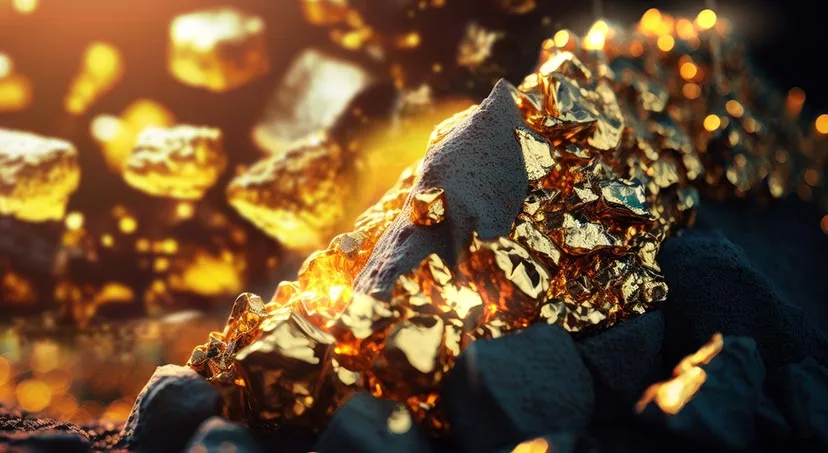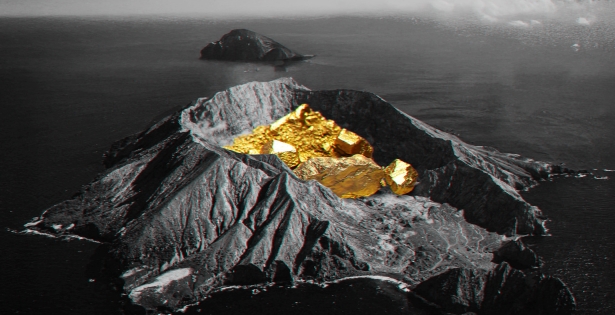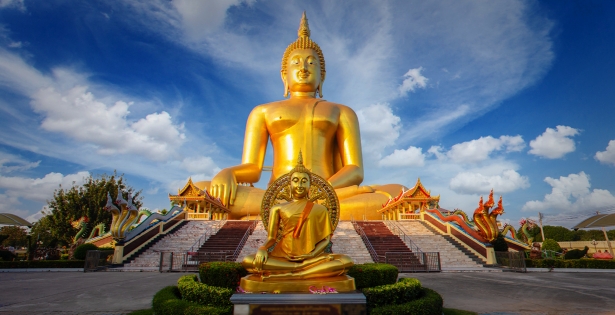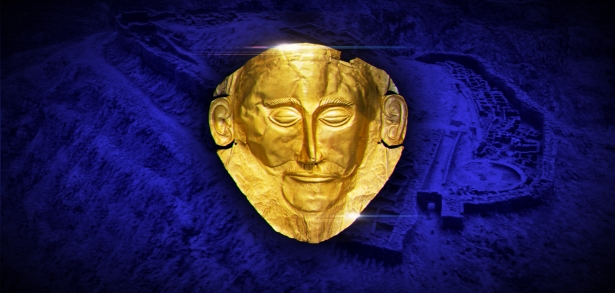
The Shwedagon Golden Pagoda
Myanmar is renowned for its Buddhist monuments and ancient temples, richly decorated with gold and precious stones. This republic of Southeast Asia is called "the country of golden pagodas" – amazing religious buildings, places of striking beauty and luxury.
The Shwedagon Pagoda is the most famous and majestic pagoda in Myanmar. It name comes from Burmese words “shwe” (gold) and “Dagon” (the ancient city of Yangon, the former capital of Myanmar).
The Golden Pagoda is considered the most revered shrine in the country. According to one legend, Buddha's relics are kept inside: a part of his tunic, a staff (a symbol of authority), a bowl and 8 hairs of Gautama Buddha.
In the photo: a magnificent building has a total height of 105 meters, it never ceases to amaze with its incredibly rich decor and impressive size.
The Shwedagon is Myanmar’s tallest religious building. The height of the hill on which the pagoda is located is 50 meters.
A mysterious legend
According to an ancient legend, 2500 years ago, the great Buddhist teacher Siddhartha Gautama, who became enlightened, was once visited by two notable merchants. They came with generous offerings. Gautama Buddha expressed his gratitude by giving them eight hairs from his head.
On their way back, merchants faced many obstacles: they were robbed twice, the thieves stole four hairs. When the merchants returned home to Myanmar, a miracle happened. When they opened a box with the precious gift, the merchants found that all the hairs were intact.
Buddha's hair had magical powers: blind people were able to see again, while the deaf-mute started to speak. The news of the miraculous cure spread throughout the country. Gold nuggets rained down on the city of Yangon where the holy Shwedagon Pagoda was built.
An unprecedented generosity
The Golden Pagoda has always been honored by the rulers of the state. All the rulers of Myanmar took great care to preserve its exterior and ensure the safety.
The pagoda that we know now was designed in the 15th century, during the reign of the queen Shin Sawbu. At her request, the ancient structure was completely paneled with 40 kilograms of gold, shaped in the form of the alms bowl (patra), and a spire was set at the top.
Thanks to the generosity of the Queen's son-in-law, the building was covered with thick layers of gold. 13153 gold tiles of 30 square centimeters were needed for the lining of the Shwedagon Pagoda.
For two and a half millennia, the pagoda was repeatedly restored after the earthquakes. It is known that the pagoda was completely restored in 1372, and each time it was covered with extra layers of gold, gradually increasing the size of the dome. The original height of the religious building was only 18 meters.
The conical part of the dome is decorated with 1,100 diamonds of 278 carats. There’s a spherical detail at the very top of the pagoda, decorated with 4350 diamonds weighing 1800 carats. The spire is decorated with thousands of golden bells that "sing" as the wind blows.
In the photo: in total, 55 tons of gold were used to decorate the pagoda.
A shining miracle
The majestic Shwedagon Pagoda is considered the main symbol of the country. The famous writer Rudyard Kipling called the shrine "a beautiful winking wonder that blazed in the sun." Locals call it the "Golden Glory of Myanmar."
Interesting facts:
-
The difference between the pagoda and the traditional temple is that the cone-shaped structure has no room inside, thus it cannot be entered.
-
You are allowed to be on the territory adjacent to the Golden Pagoda, but you have to be barefoot.
-
The Shwedagon is located on a six-story house. You can walk up the four stairs to the top of the hill or you can use an elevator.
Read also:




